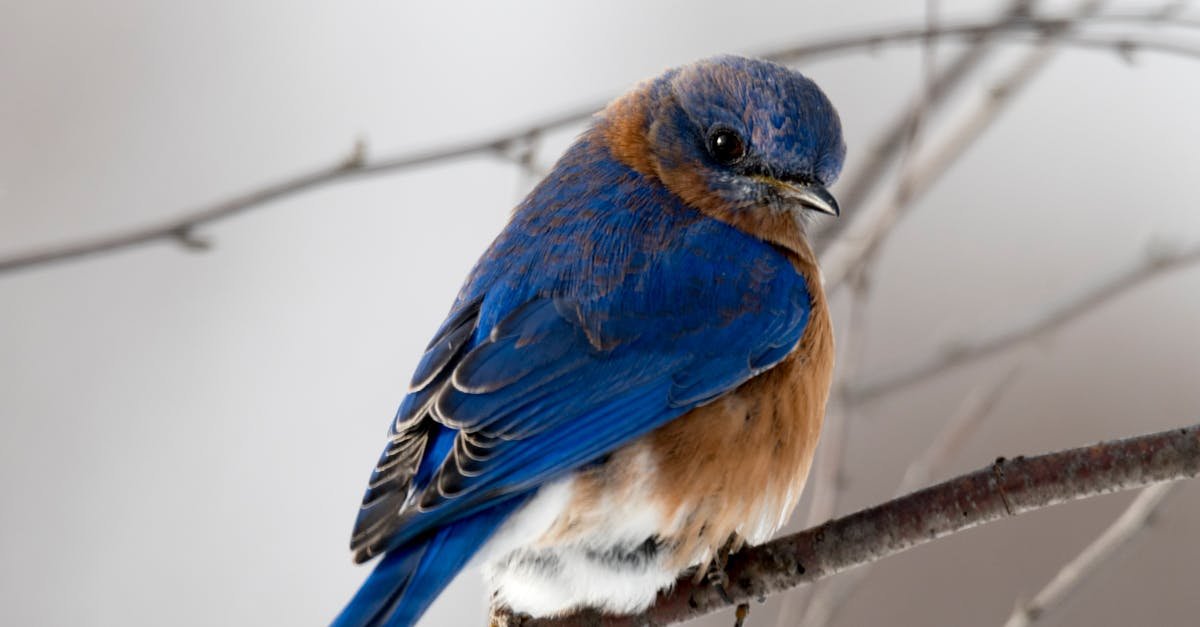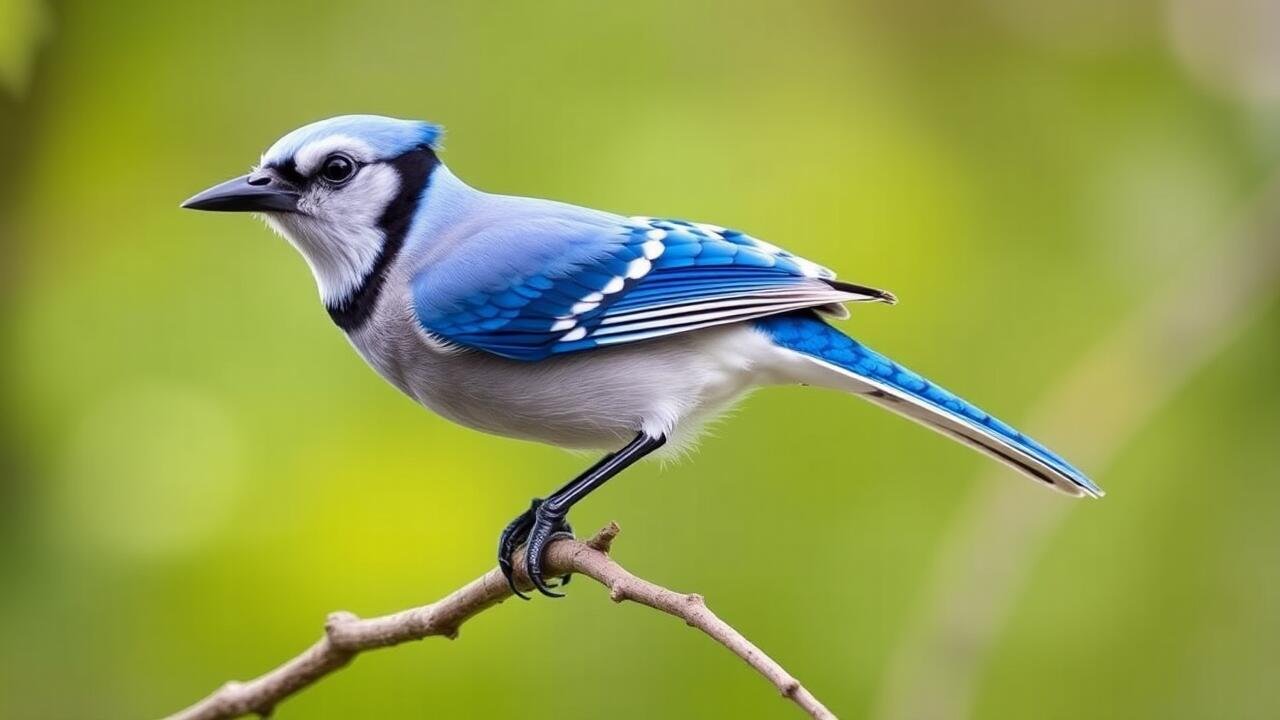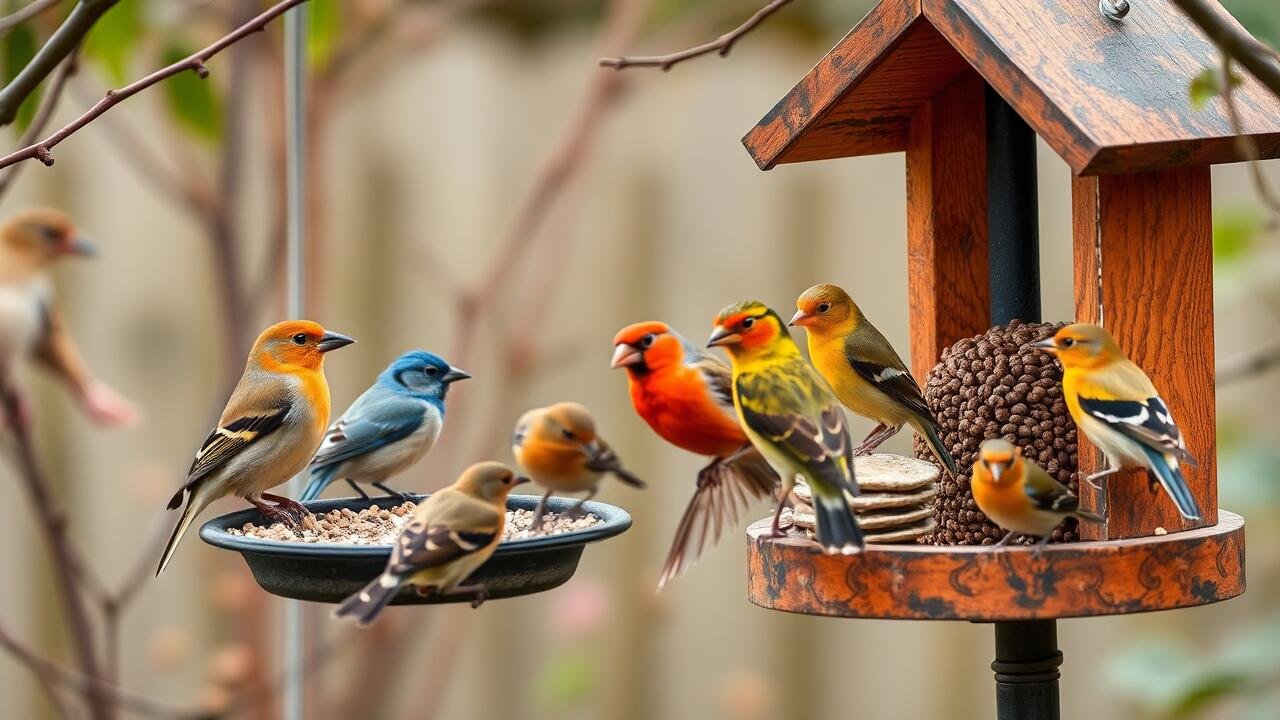The Significance of Songbird Songs
What is the meaning of a songbird? Songbirds occupy a unique niche within the avian world, primarily through their captivating vocalizations. These songs serve various purposes, including attracting mates and defending territory. The complexity of their calls can indicate an individual bird’s health and vitality, making sound a significant factor in their reproductive success. Diverse songs can also communicate different messages, such as warnings about predators or alerts to feeding opportunities.
In addition to individual benefits, the songs of these birds contribute to the overall dynamism of their ecosystems. The melodies add a layer of vibrancy to natural environments, enhancing the experiences of those who observe or listen. Furthermore, songbirds play crucial roles in pollination and seed dispersal. Their vocal expressions are intertwined with ecological interactions, making them vital components of their habitats.
This new blog post covers this topic in more detail.
Functions of Vocalizations
Vocalizations among songbirds serve various important functions. A primary purpose of their songs is to establish territory. Males often sing to defend their space from rivals and to attract females. The richness and complexity of their melodies can signal fitness and vitality, increasing their chances of breeding successfully. Additionally, vocalizations can serve as alarms, warning others of potential threats like predators, thus enhancing group survival.
Communication between songbirds also extends beyond mating and territorial claims. These vocal signals can convey information about food sources or convey distress calls to alert others in their community. Social interactions among members of a flock often rely on specific calls that indicate hierarchy or alertness to danger. This versatile use of sound helps foster social bonds and strengthens the dynamics within songbird populations.
Habitat of Songbirds
Songbirds thrive in a variety of habitats, which greatly influences their behavior and vocalizations. They are commonly found in forests, grasslands, wetlands, and urban areas. Each species has specific preferences regarding their environment, often selecting locations with abundant food sources, adequate shelter, and suitable nesting sites. Dense foliage and natural cover provide protection from predators while offering optimal conditions for raising their young.
Nesting sites play a crucial role in the survival of songbirds. Many species build their nests in trees, shrubs, or dense grasses, utilizing materials found in their immediate surroundings. Elevation and proximity to water sources also factor into their habitat preferences. Ensuring the availability of healthy ecosystems is vital for maintaining songbird populations, as these environments support the diverse needs of these avian inhabitants.
Preferred Environments and Nesting Sites
Songbirds thrive in a variety of environments, each offering unique resources and shelter. Some species prefer open woodlands, while others find their niche in dense forests. Grasslands and wetlands also attract many songbirds, providing ample food sources and safe nesting locations. The adaptability of these birds allows them to inhabit areas ranging from urban landscapes to remote wilderness, showcasing their resilience and versatility.
When it comes to nesting sites, songbirds often seek out locations that provide protection and concealment. Tree branches, shrubs, and even ground hollows serve as ideal spots for laying eggs. Many species exhibit specific preferences; for instance, cavity-nesters look for holes in trees, while others may build nests woven among grasses or reeds. The choice of nesting site is crucial for the survival of the young, as safety from predators and environmental stability are key factors in successful breeding.
Songbird Conservation Efforts
Conservation efforts for songbirds have gained increased attention as their populations face numerous threats. Habitat loss, climate change, and the use of pesticides have significantly impacted their numbers. Organizations and individuals are working together to restore habitats and implement strategies that promote sustainability. These initiatives often include creating protected areas, reforestation projects, and community engagement efforts aimed at raising awareness about the importance of songbirds in ecosystems.
Protecting songbirds also involves legislative measures and international agreements. Many countries have established legal protections for endangered species, which include various songbird populations. Conservationists advocate for policies that promote biodiversity and address the specific needs of songbirds. Research plays a crucial role in these efforts, providing data that informs effective conservation strategies and helps to monitor population trends over time.
Protecting Their Habitats
The preservation of natural habitats is essential for the survival of songbirds. These environments offer the necessary resources for nesting, feeding, and migration. Deforestation, urban expansion, and agricultural practices often threaten these vital areas. Implementing protective measures can mitigate the impact of these human activities. Establishing wildlife reserves and promoting sustainable land use helps maintain the delicate balance of ecosystems where songbirds thrive.
Community involvement plays a critical role in habitat protection. Public awareness campaigns can educate individuals about the importance of songbirds and their environments. Initiatives like local tree planting events and habitat restoration projects encourage active participation. Collaborations between conservation organizations, government agencies, and local communities are crucial. By working together, stakeholders can create a collective effort to safeguard the habitats that support these beautiful and melodious creatures.
Please be sure to check out The Complete Guide to Wild and Pet Bird Care: Tips, Products, and Resources
FAQS
What defines a songbird?
A songbird is a bird belonging to the order Passeriformes, known for their complex vocalizations and melodious songs. They are often characterized by their ability to produce varied tones and patterns of sound.
Why are songbird songs significant?
Songbird songs play crucial roles in communication, including attracting mates, defending territory, and signaling alarm. These vocalizations are also essential for social interactions among individuals within a species.
Where do songbirds typically live?
Songbirds inhabit a wide range of environments, including forests, grasslands, wetlands, and urban areas. They prefer habitats that provide adequate food sources and suitable nesting sites.
What are the conservation efforts for songbirds?
Conservation efforts for songbirds include habitat preservation, restoration projects, and research initiatives aimed at understanding their populations. These efforts help mitigate threats such as habitat loss, climate change, and pollution.
How can I help protect songbirds in my area?
You can help protect songbirds by creating bird-friendly habitats in your garden, preventing window collisions, participating in local conservation programs, and supporting organizations dedicated to wildlife preservation.
Related Links
What is a Songbird and How to Attract Them?
How do you attract songbirds?
What color attracts songbirds?
What is considered a songbird?

My name is Shane Warren, the author behind Chirping Birds Hub – your ultimate guide to the wonderful world of birds! Unleash your inner avian explorer as we delve into a vibrant library of knowledge dedicated to all things feathered. From learning about diverse bird species from across the globe to understanding their captivating habitats and behaviors, I’m here to fuel your passion for these magnificent creatures. Not only that, but I also provide valuable insights on being a responsible and informed pet bird owner. Join our vibrant community and let’s celebrate the feathered wonders of the world together – one chirp at a time.


